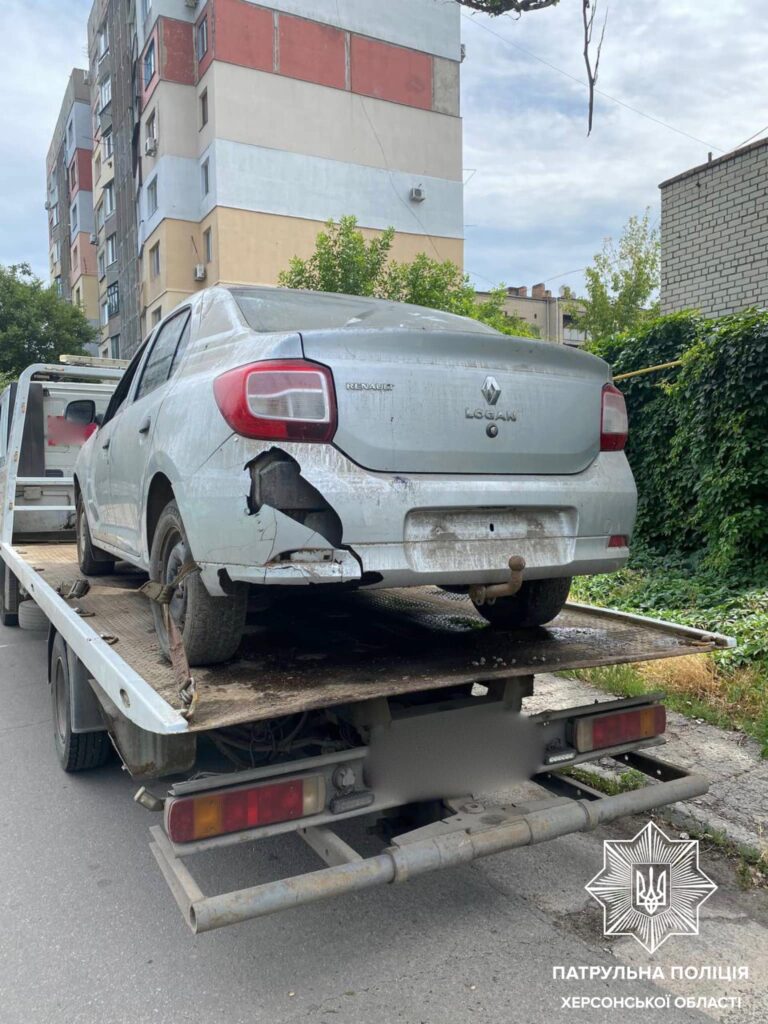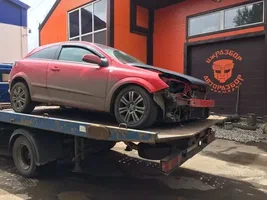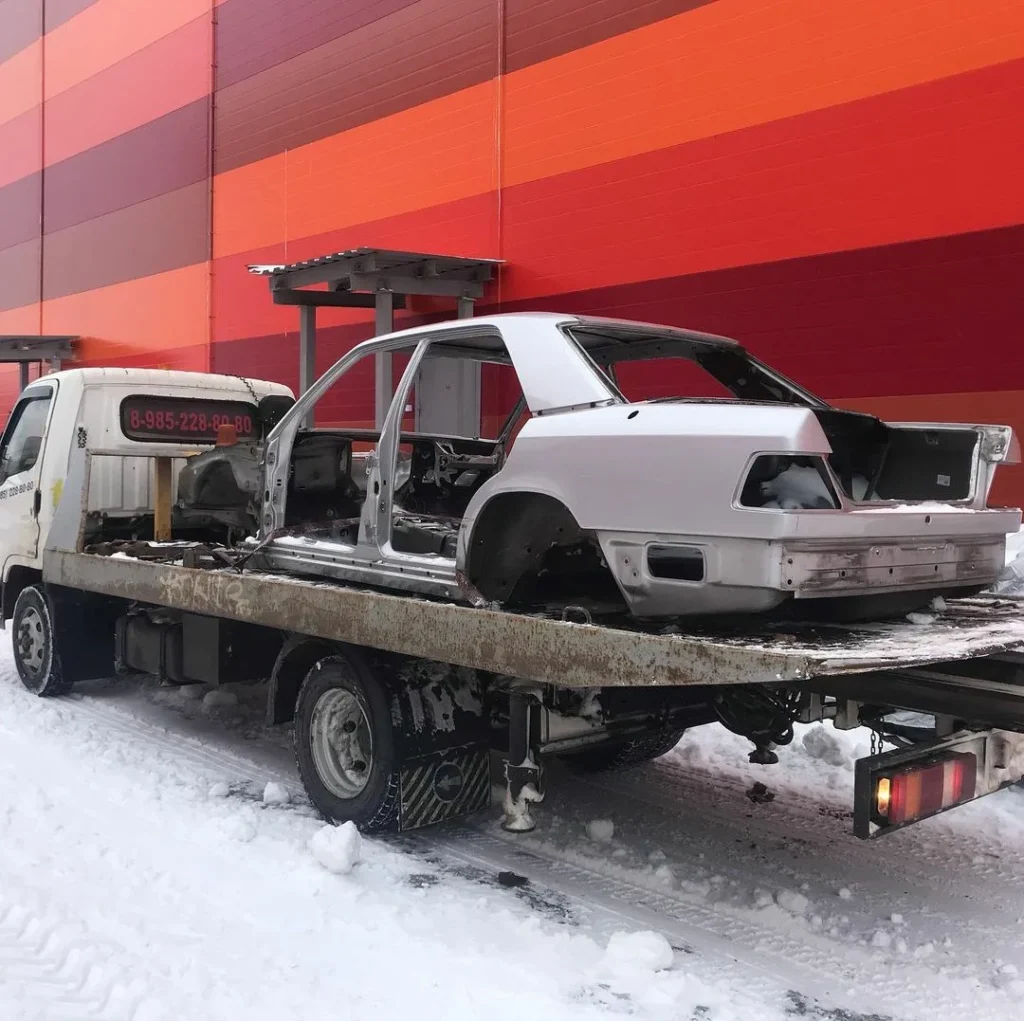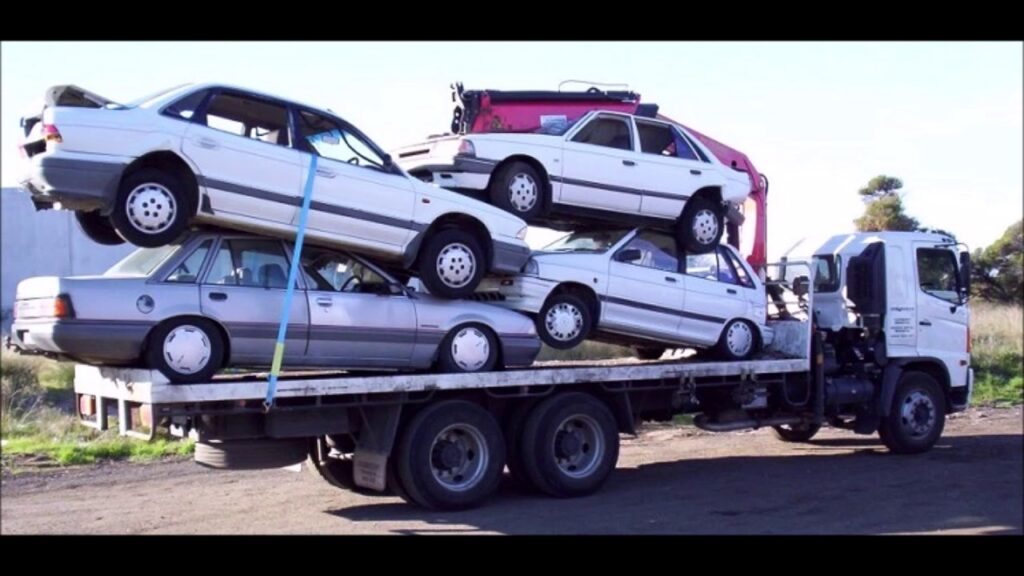The recycling of used automobiles is not discarding old autos—it’s eco-friendly and low-cost that preserves resources, conserves the globe, and reduces waste. Billions of autos retire every year, and when they are not recycled, they are poisonous to the environment. Waste autos recycle and recover precious materials such as metal, plastic, and rubber that can recycle and make new products. Waste car recycling protects natural resources, minimizes landfill dumping, and saves energy. Whether you have a clunker on your driveway hogging space or are just interested in how junk car recycling is done, understanding the process and benefits can bring about a new respect for the significance of disposal. Here we will look closer at the most important part of junk car recycling, how it impacts the environment, and why it is more important now than ever to recycle your Junk Vehicle Recycling.

1. What is Junk Vehicle Recycling?
Junk vehicle recycling is a process of salvaging useful material in the shape of metal, plastic, glass, and rubber by dismantling and recycling an older, used vehicle. Recycling begins with picking up the car and draining hazardous fluids like oil, coolant, and gasoline. The fluids are drained slowly to ensure that they do not poison the environment. After the removal of the car from service, quality components like tires, batteries, and electricals are recovered for scrapping or recycling. The body of the metal car is crushed and sold to metal recyclers who are capable of melting the metal and constructing another product. Car recycling preserves natural resources and eradicates raw material mining that is both wasteful of resources and harmful to the environment.
2. Environmental Advantages of Scrapping Used Cars
Scrapping scrapping of old cars is immensely important to conserving the environment.
Junk cars hold toxic chemicals and fluids that contaminate the ground and water when they are let loose into the environment. Junk Vehicle Recycling ensures that such impurities are eliminated properly, thereby preventing contamination. Recycling and reuse of metals like steel and aluminum also conserve mining and production of new metals, which are not only water- and energy-consumptive but also poisonous. Actually, recycling one ton of steel takes 2,500 pounds of iron ore, 1,400 pounds of coal, and 120 pounds of limestone. In addition, recycling automobiles minimizes the carbon usage that is utilized in the production of new components, and as such, it is an environmental-friendly initiative that combats global warming.

3. Economic Benefits of Recycling Old Vehicles
Recycling old vehicles also has a significant economic impact.
Recycling gives employment at all levels, from collecting the automobiles to dismantling them, processing, and marketing the parts. In addition, the scrap metal that is recovered from retired cars is a very valuable commodity to the steel industry that depends on metals recycled to make new products at a sixth of what it would have taken if they used raw material. This enhances the circular economy and saves metal-dependent product cost, i.e., home appliances, building construction materials, and auto components. This allows the companies to lower their costs of production, selling cheaper products to customers, and enabling circular economy.
4.Collection of the vehicle marks the beginning of the Junk Vehicle Recycling.
If a car is considered a “Junk Vehicle Recycling,” it is taken to a recycling facility. The initial step that is taken at the facility is to extract all the hazardous substances, such as fluids like gasoline, antifreeze, and oil. They are recycled or disposed of without harming the environment. Secondly, the car tire, automobile battery, and everything reusable such as windows or electronics are removed carefully. The rest of the body is smashed and compacted for transport to a metal processing plant. At the plant, the vehicle is crushed, and metals are processed by sorting to be used for recycling purposes to produce new items. Recycling is highly large-scale in the sense that nearly all components of the vehicle are reused, recycled, or discarded in an appropriate way.

5. What are the components of a crashed car that can be recycled?
Components of an accident vehicle can be recycled and used in other industries.
The most valuable recovered material is metal—aluminum and steel, which is utilized to make new automobiles, household appliances, and building material. Batteries, particularly lead-acid batteries, can also be recycled to recover lead and acid, which are valuable materials that can be reused. Tires can also be recycled and made into other products such as playground coverings, asphalt blocks, and new rubber products. Auto glass can also be recycled to make new auto glass windows or be used in fiberglass manufacturing. Even bumper, dashboard, and seat components that are plastic can be recycled and reused to form something new, and they also cut down on the amount of plastic going into landfills.
6. How Vehicle Salvage Recycling Prevents Natural Resources from Being Depleted
By recycling used vehicles, we are also prevented from depleting essential natural resources. Instead of new metal being mined from the earth, we use metal already present on used vehicles. For example, recycling one ton of steel from a car saves enormous quantities of iron ore, coal, and limestone. Recycling aluminum saves 95% of the energy used to produce new aluminum from raw materials. Not only does it conserve resources but also decreases the total energy demand to produce the metal. In summary, used car recycling conserves the environmental natural resources and minimizes the ecological footprint of production and mining.

7. The Importance of Auto Dismantlers in Used Car Recycling
Automobile wreckers are essential participants in used car recycling.
The experts make sure they recover functional parts and material effectively and efficiently from scrap vehicles. They are subject to stringent environmental laws to ensure that toxic waste is extracted effectively and precious materials are reclaimed to be resold or remanufactured. Dismantlers will dismantle cars to the chassis, recycling every part—be it the engine, transmission, tires, or catalytic converter. They keep recycling until none of the parts in the car is wasted and the entire process is environment-friendly.

Conclusion: Why Recycling of Junk Vehicle Recycling is Important
Recycling of junk vehicles is an important activity that benefits the economy and environment in a number of ways. It reduces pollution, saves natural resources, and minimizes raw material exploration. It also enhances employment and sustainable economy through recycling of scarce metals and other components. With all the benefits that recycling old cars has, it’s apparent that this is one of the best methods for decreasing our carbon footprint and helping to make a healthier world. Recycling your old car not only does the planet some good, but you’re also helping to build a greener future for generations to come.
